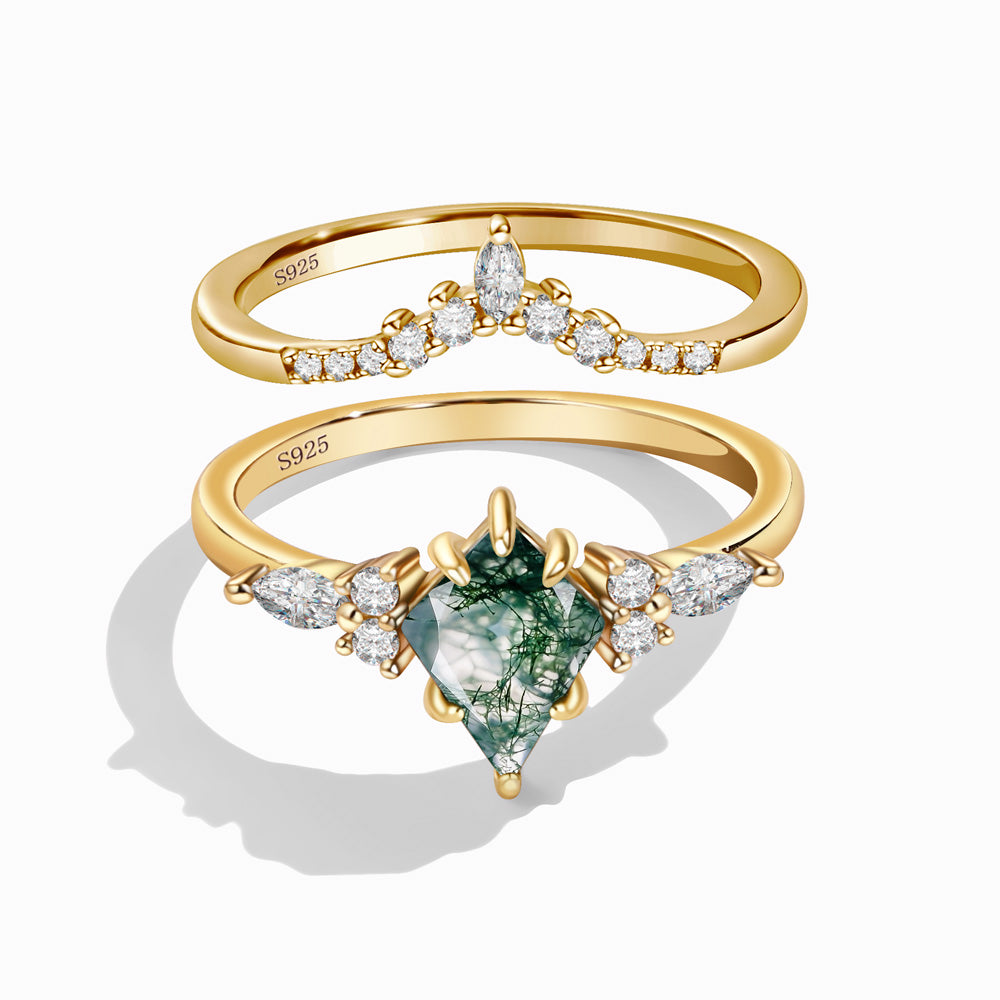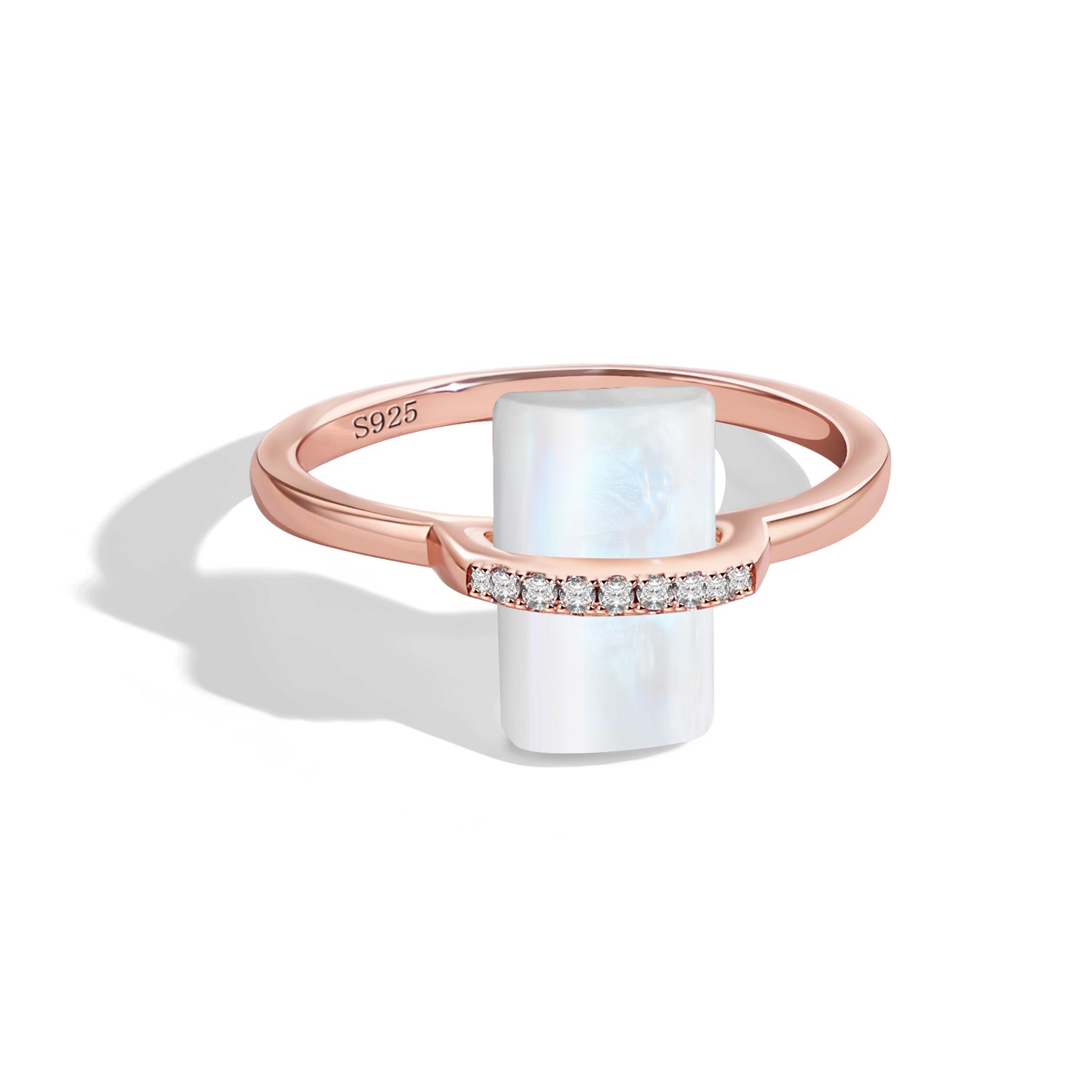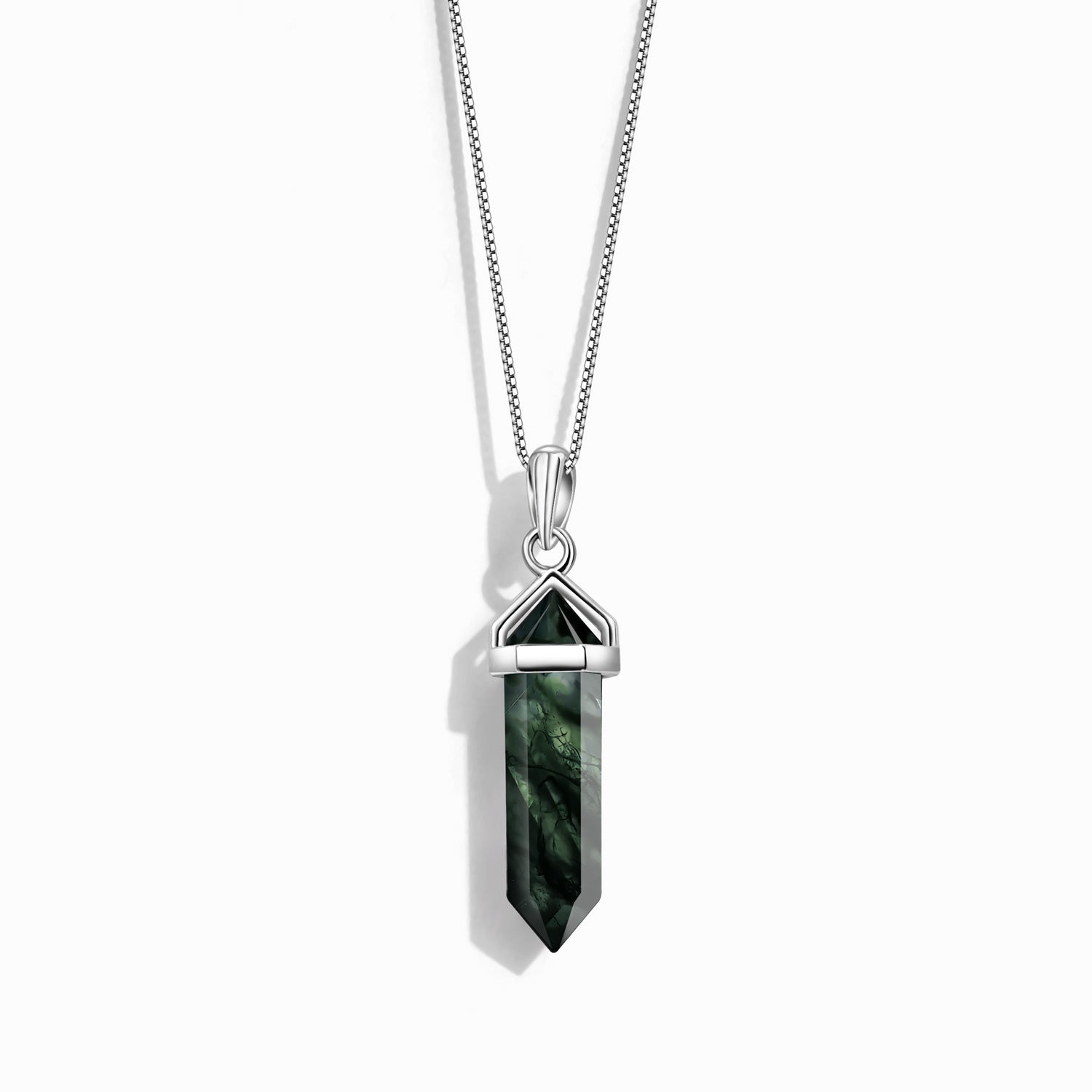Deriving from gypsum, selenite is made up chemically of calcium sulfate dihydrate. In contrast to its sister varieties satin spar, desert rose, and gypsum flower, all of which are crystalline forms of gypsum, selenite is notable for its softness. Rating just a 2 on the Mohs scale, the mineral is very susceptible to scratching, denting, and other contact-based damage. Selenite’s crystalline structure is identifiable by its cleavages, or how it breaks off from other pieces of the same type. Selenite tends to manifest its structure with three uneven edges.
Selenite forms over time as water passes through limestone rock or clay soils and then evaporates, leaving deposits of calcium and sulfate behind. Unlike other gypsum-based crystals, selenite typically forms large, clear, and colorless with few to zero occlusions or imperfections. In contrast, desert rose crystals get their coloring from the intrusion of sand over time.
Harvested from large beds, selenite is also unique in that it is found unattached to a matrix or other nearby rocks. Instead, the crystals lay detached from the soil around them as a result of having been eroded and formed by a steady flow of water. Selenite crystals have been found in a range of sizes including massive structures over 15 meters in length located in underground caves.
Selenite is a fairly common crystal, occurring in different caches across the world. Some more notable sources include the United States, Brazil, Argentina, Greece, and Mexico, to name a few.


















